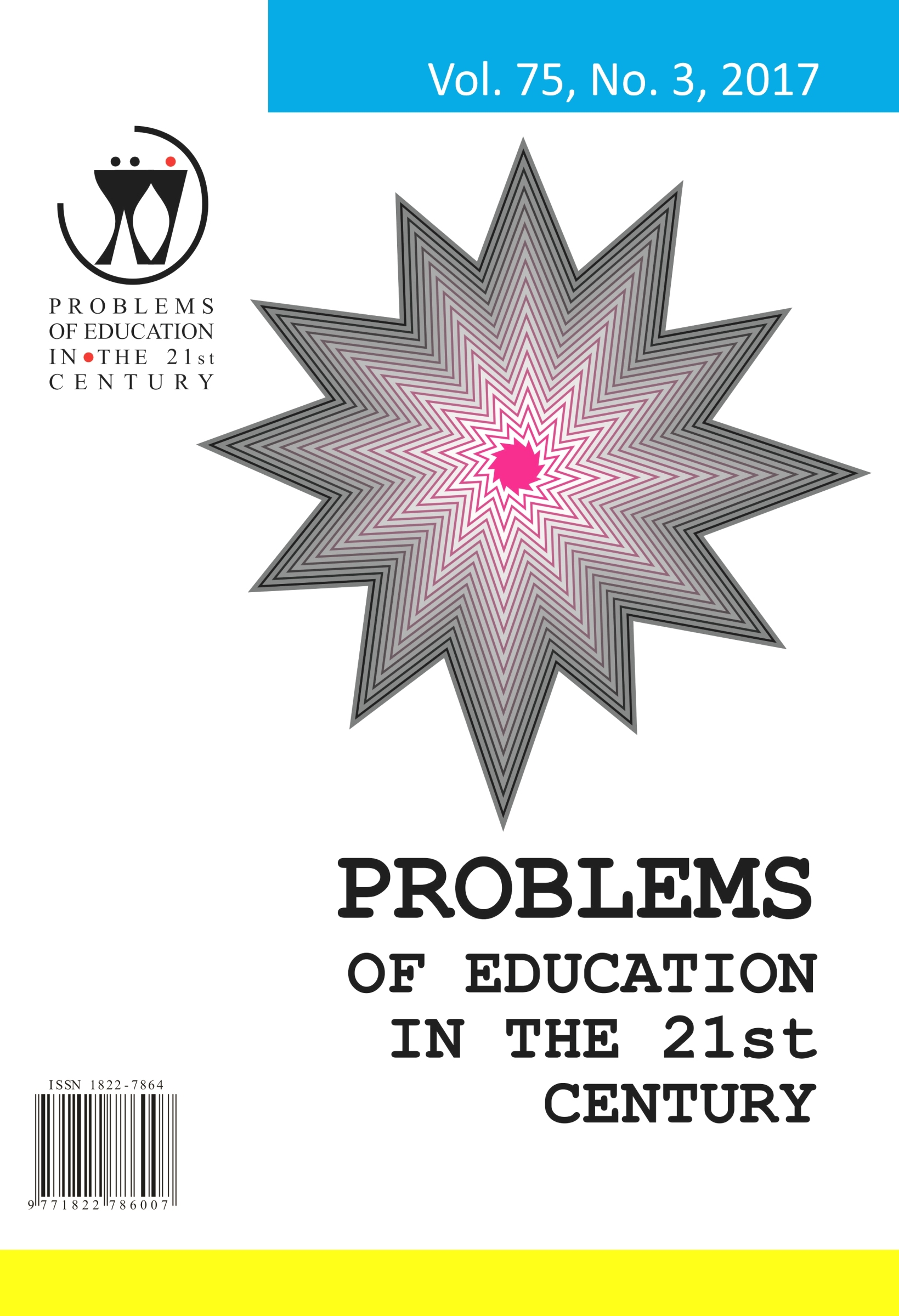PARTNERING SCIENCE AND ART: PRE-SERVICE TEACHERS’ EXPERIENCES FOR USE IN PRE-COLLEGIATE CLASSROOMS
PARTNERING SCIENCE AND ART: PRE-SERVICE TEACHERS’ EXPERIENCES FOR USE IN PRE-COLLEGIATE CLASSROOMS
Author(s): Christy Belardo, Andrea C. Burrows, Lydia DambekalnsSubject(s): Education, Higher Education
Published by: Scientia Socialis, UAB
Keywords: science; art; pre-service teachers; pre-collegiate students; STEM education; STEM classrooms;
Summary/Abstract: Research on teaching through discipline integration is currently emphasized as a gap in educational literature, and this study bridges discipline silos between the arts and sciences by indicating how science and art compliment content learning. A study of secondary education pre-service teachers (3 years, n = 52) participating in a science/art integration unit the semester before their last college experience, explores how integrated sessions capture both scientific and artistic discipline concepts. A mixed methods research approach measured changes in confidence of science and art knowledge, skills, and experiences of the participants. Quantitative and qualitative data support increased awareness and confidence in pre-service teachers’ perceptions of how science and art can be incorporated into pre-collegiate classrooms, recognition of discipline similarities, and significant common themes when teaching both disciplines together. The researchers utilized a social constructivist framework with the qualitative data. Conclusions and implications include: 1) instructors can provide examples and modeling of interdisciplinary learning, which inspire pre-service teachers to explore new integrated disciplines in their own future classrooms, and 2) instructors can influence perspectives of pre-service teachers by offering integrated units, which produces open-mindedness of future teachers to use various teaching strategies.
Journal: Problems of Education in the 21st Century
- Issue Year: 75/2017
- Issue No: 3
- Page Range: 215-234
- Page Count: 20
- Language: English

